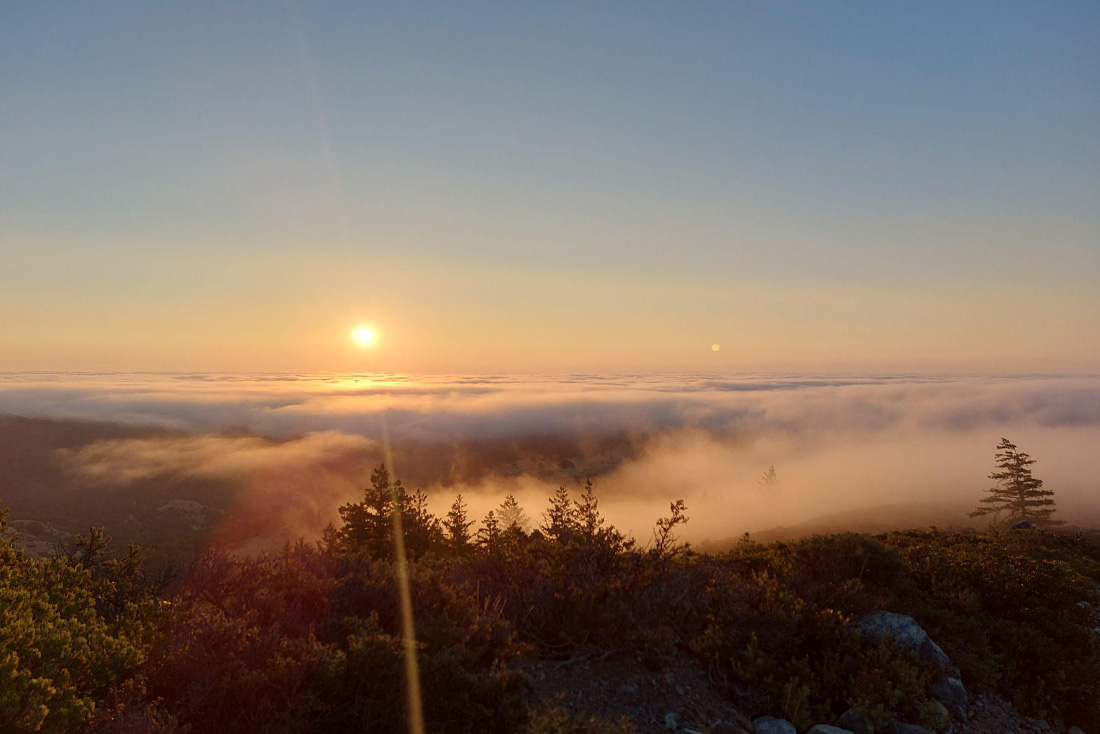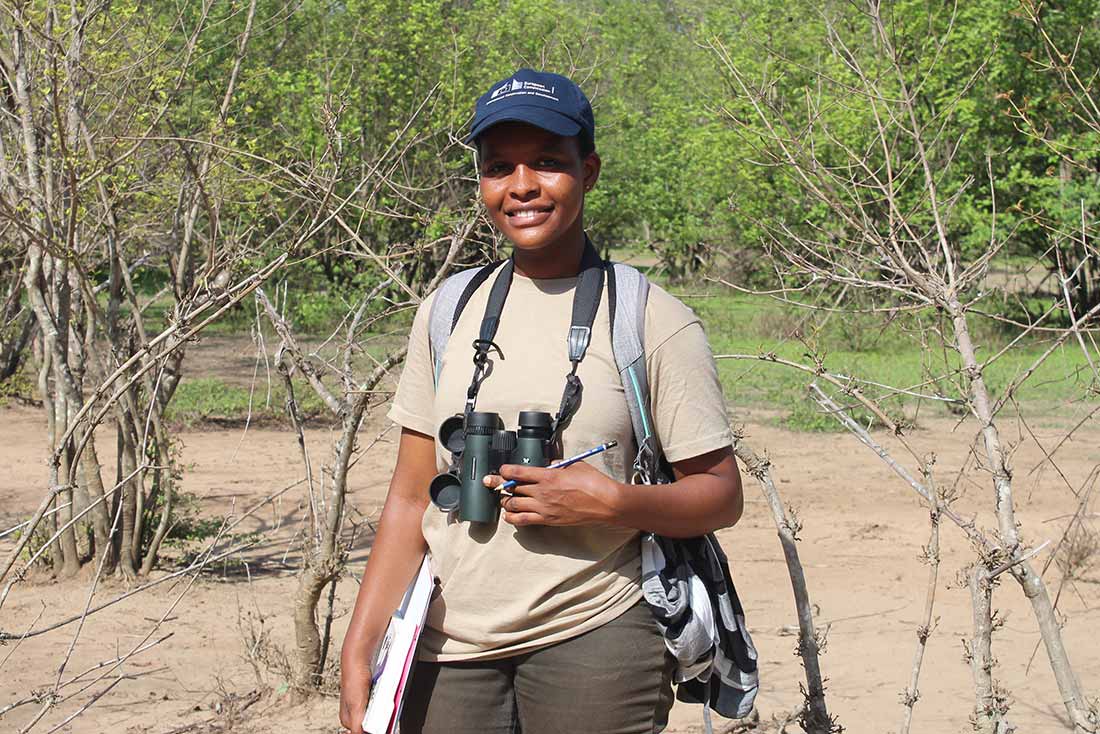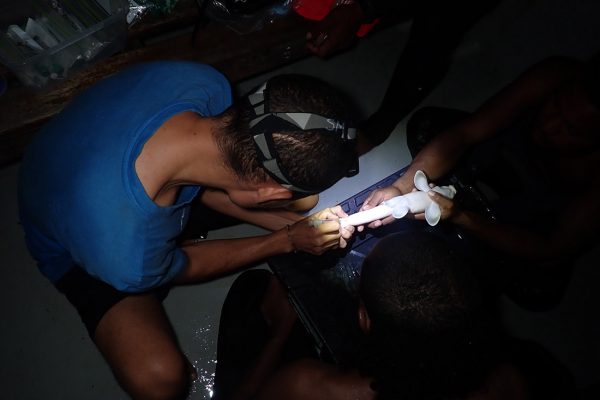As we steam back to the mainland of Milne Bay from the Conflict Islands, I feel a mix of both sadness and excitement. Saying goodbye to the incredible team I’ve worked with over the past three weeks is bittersweet, yet I am excited to see the results from the next 12 months of research.
The Conflict Islands, a remote atoll in the Milne Bay Province of Papua New Guinea, consists of 21 islands and are home to various threatened species, including hawksbill and green sea turtles, manta rays, and our focus species: the Milne Bay walking shark (Hemiscyllium michaeli). Since 2017, I have had the privilege of collaborating with the team here on various projects. This recent trip marks the beginning of an exciting new venture that has been long in the making, despite facing several setbacks along the way.
What is the Project?
Over the past three weeks, I’ve been working with the Conflict Islands Conservation Initiative (CICI) ranger team to conduct walking shark surveys as part of our Where They Walk project, and it’s off to a fantastic start. With the support of Conservation Nation, the CICI ranger team has acquired new skills, including shark capture and release, photo identification, and basic laboratory techniques. This hands-on experience is invaluable for both the team and the future of the project.
Over the next 12 months, the team will continue to conduct surveys throughout the atoll to gather data on the population size, habitat use, and reproduction of the Milne Bay walking shark. This data is crucial for understanding and conserving this unique species. During our training sessions, we covered essential skills such as handling sharks safely, collecting and storing biological samples, taking accurate measurements, photo identification, and using effective data storage methods.
Why Walking Sharks?
You might be wondering, “why are walking sharks so interesting?” or “why should I care?” Walking sharks are a unique group of nine shark species found only in shallow coastal habitats around New Guinea, its satellite islands, and northern Australia. The three species in Papua New Guinea, including the Milne Bay walking shark, are among the least studied of this group. Our project, a collaboration between The Walking Shark Project and CICI aims to gather baseline data to better understand the biology and ecology of this species. Currently, our knowledge is limited, with even basic information like their distribution still unconfirmed.
Due to their habitat associated distributions and threats to their habitats, these sharks are classified as vulnerable by the International Union for Conservation of Nature (IUCN) Red List. The information we gather through the Where They Walk study is vital for developing conservation strategies to protect these unique creatures.
This is just the beginning of our journey to better understand the Milne Bay walking shark. Stay tuned for more exciting updates as we continue our research and conservation efforts.













